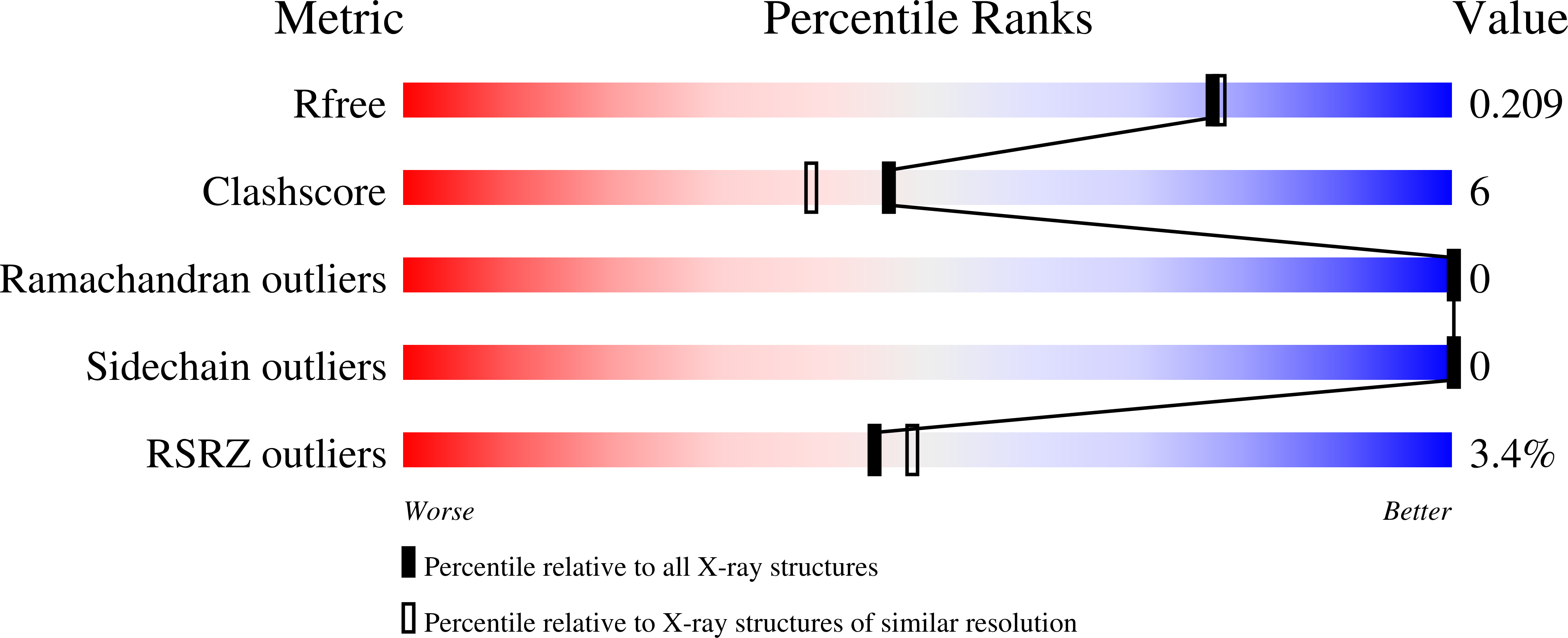
Deposition Date
2020-07-29
Release Date
2020-12-09
Last Version Date
2023-10-18
Method Details:
Experimental Method:
Resolution:
1.92 Å
R-Value Free:
0.20
R-Value Work:
0.16
R-Value Observed:
0.16
Space Group:
P 32


